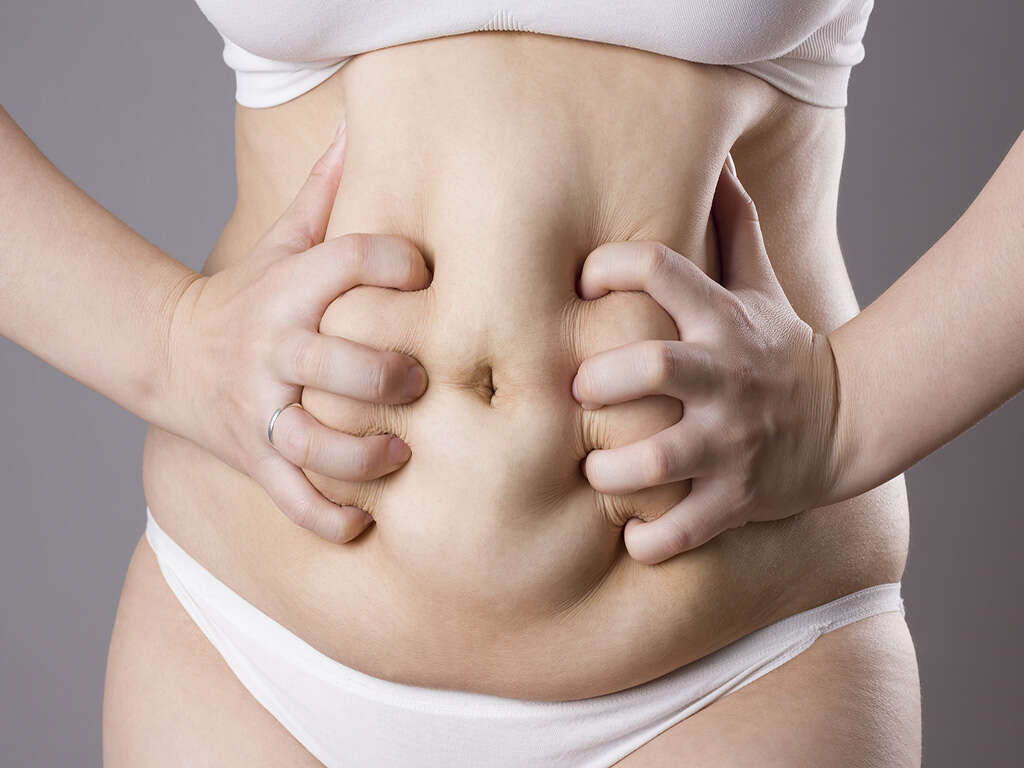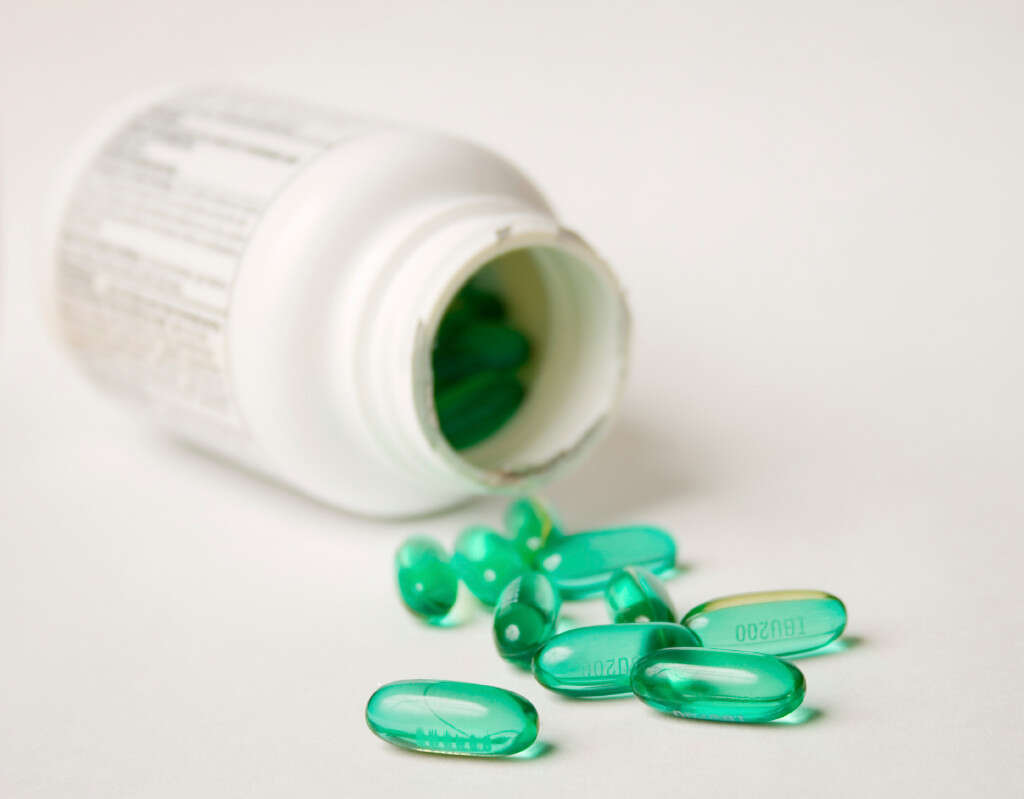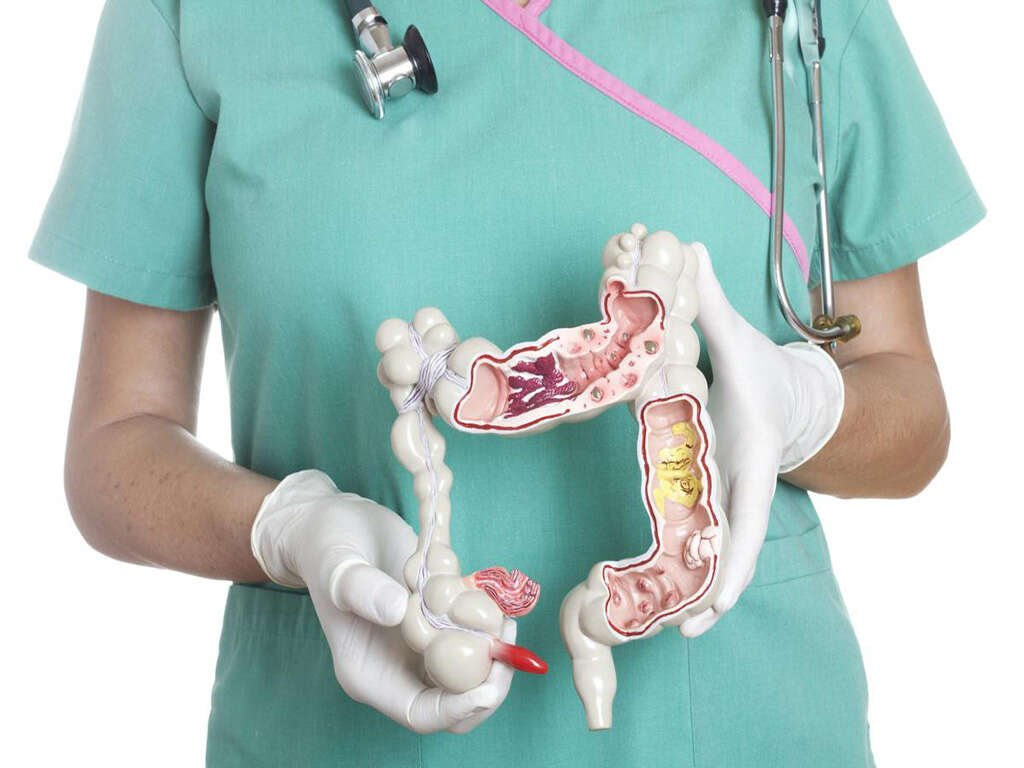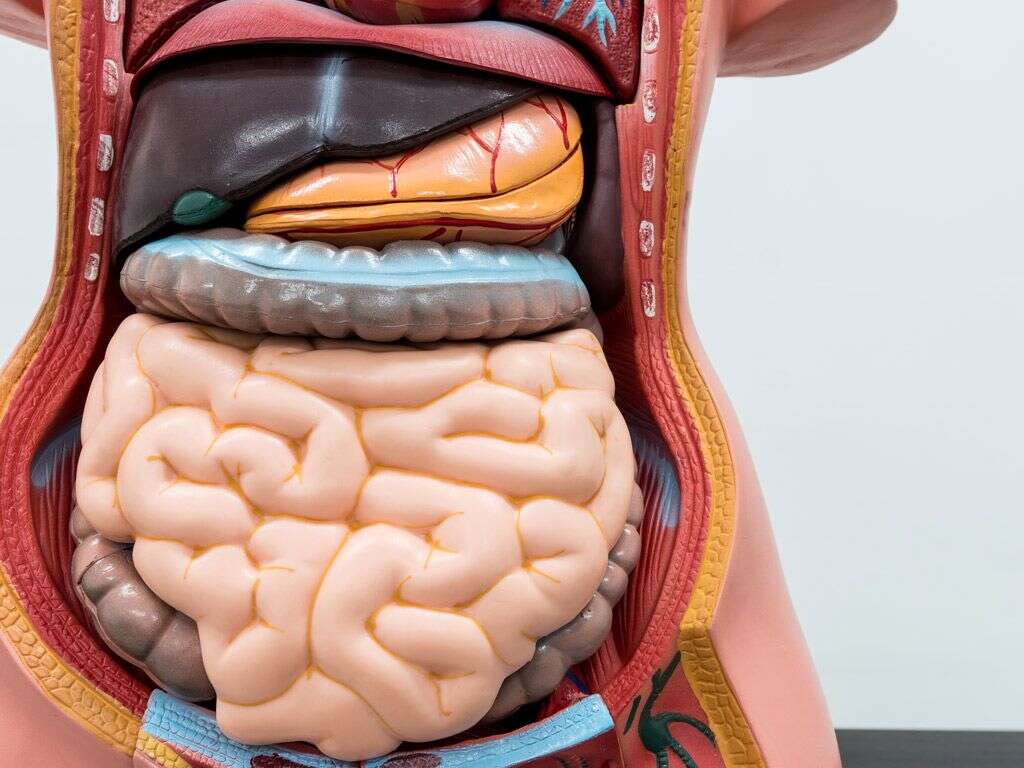10 Causes of Diverticulitis
Diverticulitis is a condition affecting the gastrointestinal tract and is characterized by inflammation of the diverticula (outpouchings) developed in the large intestine’s wall. The symptoms of diverticulitis often include lower abdominal pain that has a sudden onset though it develops gradually. Other associated symptoms include nausea, constipation, and diarrhea.
The presence of blood in the stool along with fever may signify that there is a complication such as perforation or severe infection. Other possible complications include the formation of fistula and/or abscess. Diverticulitis may occur repeatedly, and diagnosis can be achieved with the help of a computed tomography scan, blood test, lower gastrointestinal series, and a colonoscopy. Treatment and management of the disorder may include rifaximin, mesalazine, antibiotics, and a liquid diet. Severe cases may require hospital admission, intravenous antibiotics, and complete bowel rest.
Diverticulitis is more common in the Western world where it has been estimated that about 35 percent of individuals have the condition. The numbers are much lower on the Asian and African continents, with diverticulitis only affecting less than 1 percent of rural Africa. According to estimates, diverticulitis resulted in about 13,000 deaths in Europe in 2003.

Cause #1: Genes
There are some genetic conditions that can cause the formation of diverticula. Examples include Coffin-Lowry syndrome, Ehlers-Danlos syndrome, Williams-Beuren syndrome, and polycystic kidney disease. The affected individuals usually develop diverticula at a young age as these syndromes cause a defect in the connective tissue fibers or extracellular matric components.
Several case reports and studies have suggested that there is a genetic susceptibility to diverticulitis. According to studies of twins and siblings, more than 50 percent of potential risk originates from genetics.

Cause #2: Fiber
One of the most important lifestyle risk factors for the development of diverticulosis is the lack of dietary fiber. The prevalence of diverticulosis is especially high in the Western industrial nations compared to Africa and Asia where the population adheres to a diet significantly richer in dietary fiber.
Researchers have also observed that Africans and Asians who have adapted the Western dietary habits have a higher prevalence of diverticular disease. The association between dietary fiber and the formation of diverticula is further supported by animal models. The presence of diverticulosis, or diverticular disease, increases the likelihood of diverticulitis.

Cause #3: Sedentary Lifestyle
While it is unclear if maintaining a sedentary lifestyle results in diverticulitis, it has been observed that men who sit for a minimum of 52 hours per week have a 30 percent higher risk of developing diverticulosis compared to men who sit less than 16 hours per week.
This finding has been supported by several studies. It has also been found that vigorous exercise may help to lower the risk of diverticulitis. It is recommended that individuals should have a regular exercise routine for 30 minutes every day.

Cause #4: Obesity
Obesity refers to excessive accumulation of body fat, to the point where it causes a negative impact on a person’s health. It can be measured using the body mass index obtained by dividing one’s weight by the square of one’s height.
Obesity has been linked to various disorders such as diabetes, cardiovascular disease, obstructive sleep apnea, depression, and more. Some studies have also found the association between obesity and increased risk of diverticulitis.

Cause #5: Smoking
Studies have shown that the probability of developing diverticulosis is approximately 24 to 30 percent higher among smokers compared to non-smokers. Smoking also increases the risk of hospitalization for diverticular disease and creates a higher risk of perforation.
Smoking has always been associated with an increased risk of various diseases such as cardiovascular disorders, cancers, hypertension, stroke, and more. Individuals who are willing to try to quit smoking should speak to their personal care provider as there are medications that can help.

Cause #6: Immunosuppression
Several studies have suggested a more severe case of diverticular disease among those who are immunosuppressed. This state can occur when people take immunosuppressants after an organ transplantation, among those who take medications that suppress their immune system, in patients with autoimmune disorders, and more.
Studies have observed that the incidence of acute diverticulitis is higher among immunosuppressed patients compared to the general population. The results of these studies should prompt patients and medical professionals to look out for the symptoms of diverticular disease.

Cause #7: Age
It has been estimated that the prevalence of diverticulosis is about 13 percent for those under the age of 50, 30 percent for individuals between 50 and 70 years of age, 50 percent for those between 70 and 85, and 66 percent for those older than 85.
Since diverticulitis only occurs when there is inflamed or infected diverticulosis, it would be natural to assume that the prevalence of diverticulitis is similar to that of diverticulosis.

Cause #8: NSAIDs
Non-steroidal anti-inflammatory drugs (NSAIDs), such as ibuprofen, naproxen sodium, diclofenac sodium, and more, have long been implicated in diverticular disease. Studies have reported that there is up to 4.85 times higher risk of symptomatic and severe diverticular disease among individuals who take NSAIDs. There is also about 1.8 to 3.56 times higher risk of perforation.
Another study has even reported that the risk of death from perforation was higher among individuals who take NSAIDs. Other medications, such as opiates and steroids, are also thought to increase the risk of perforation.

Cause #9: Alcohol
According to a South Korean study, those who consume alcohol have a higher risk of diverticulosis when compared to individuals who do not. Another large study also supported this finding when their results showed that men who drank more than 30g of alcohol a day had a 36 percent higher risk of diverticular disease.
The difference became significant when the type of alcohol was considered. The consumption of 1 to 3 measures of liqueur or spirits a month resulted in a 50 percent increase while 2 to 3 drinks a day resulted in a 65 percent increase. A Danish study also observed that patients admitted for alcoholism were more likely to be hospitalized for diverticulitis when compared to others.

Cause #10: Comorbids
Comorbidity refers to the presence of one or more co-occurring diseases. It is a term that can be used to describe the effects of multiple diseases on the primary disease of interest.
It has been observed that patients who are suffering from hypothyroidism, arterial hypertension, diabetes, and polycystic kidney disease appear to have a higher prevalence of diverticulitis compared to others.










